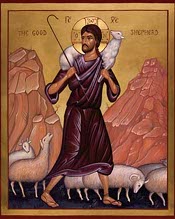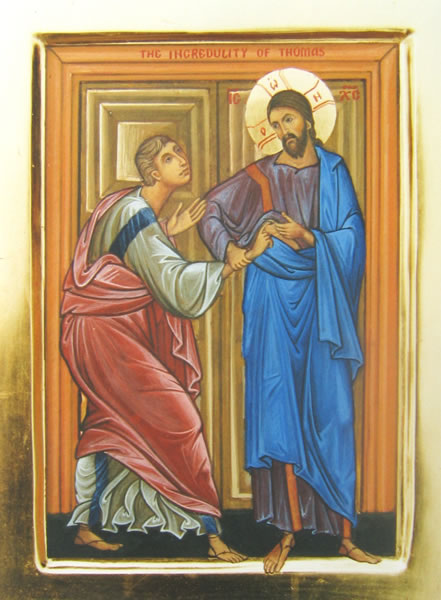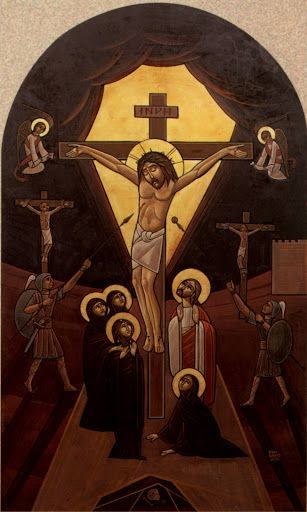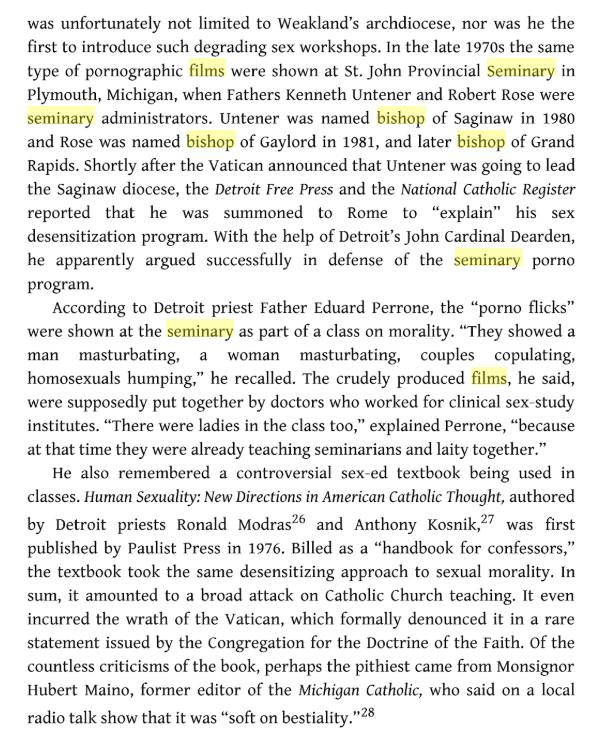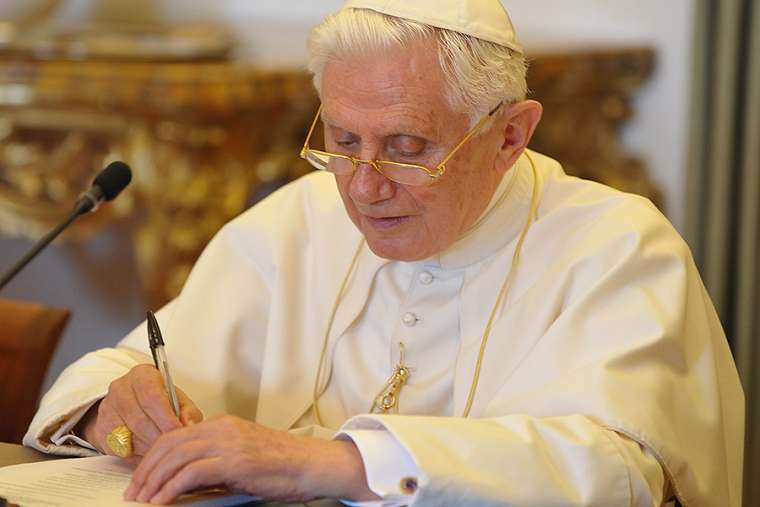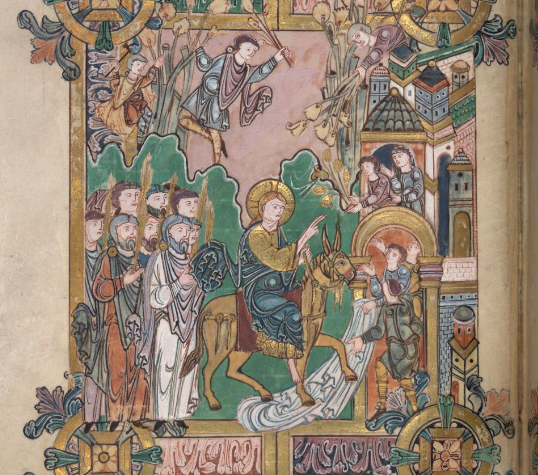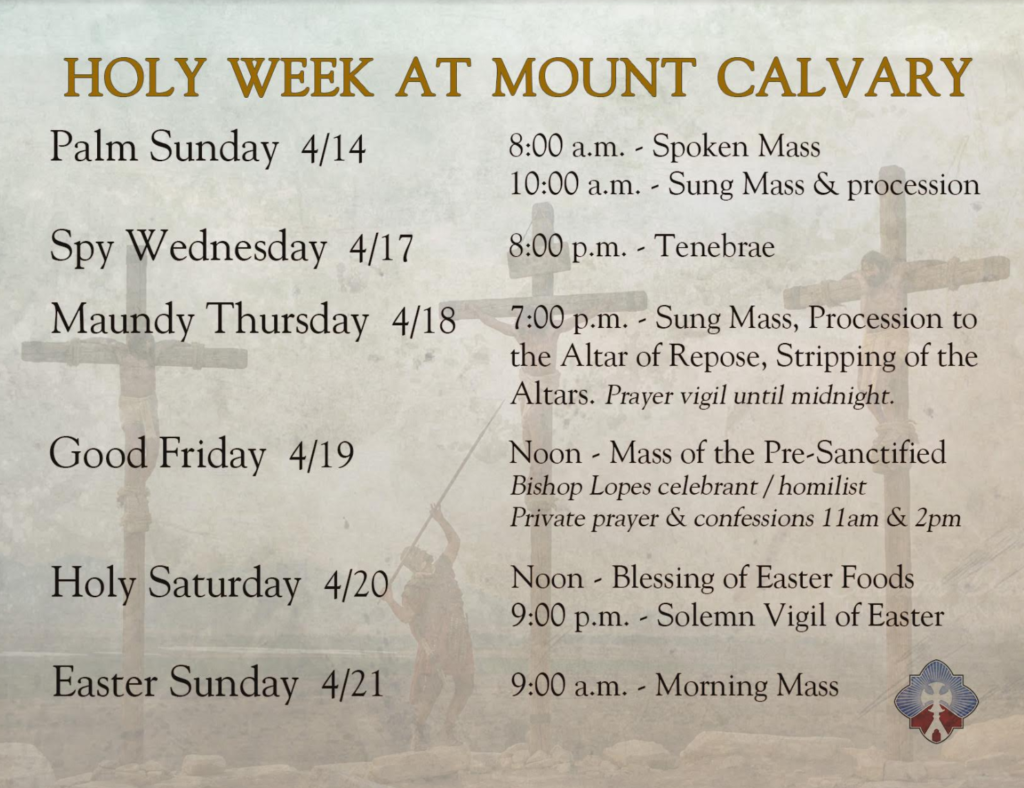Mount Calvary Church
Eutaw Street and Madison Avenue
Baltimore, Maryland
A Roman Catholic Parish
The Personal Ordinariate of the Chair of St. Peter
Anglican Use
Rev. Albert Scharbach, Pastor
Dr. Allen Buskirk, Choirmaster
May 26, 2019
Easter VI
8:00 A.M. Said Mass
10:00 A.M. Sung Mass
Breakfast following 10 A.M. Mass
____________________
Common
Missa de S.Maria Magdalena, Willan
________________
Anthems
Knut Nystedt (1915-2014)
My peace I leave with you, my peace I give unto you. Not as the world giveth, give I unto you. Let not your heart be troubled, neither let it be afraid.
Thomas Tallis (1510-1585)
O sacrum convivium, in quo Christus sumitur; recolitur memoria passionis ejus; mens impletur gratia; et futurae gloriae nobis pignus datur. O sacred banquet, wherein Christ is received; the memorial of his passion is renewed; the soul is filled with grace; and a pledge of future glory is given to us.
In 1575, Tallis and Byrd were granted a monopoly on printing music by Elizabeth I. The first publication, Cantiones Sacrae, was a collection of Latin hymns and motets in that same year, including today’s communion anthem O sacrum convivium. It is likely that some of these anthems date from Tallis’ earlier career as the organist at the Abbey of Waltham Holy Cross in Essex. When the monastery was dissolved by the crown in 1540, Tallis reworked some of his anthems in English. This anthem is also found in early sources with the text “I call and cry to thee.” The Latin text is the Magnificat antiphon for the feast of Corpus Christi, meaning that this anthem had no official liturgical use in England at the time of its publication. The musical style is typical of early 16th century English music—florid, with thick textures, points of imitation, modal harmonies with striking cross-relations (for example, at “in quo Christus sumitur”).
____________________
Hymns
Love’s redeeming work is done (SAVANNAH) by Charles Wesley is a cento composed of stanxzs ii.-v.,x., of his hymn “Christ the Lord is risen to-day.” Books originating in the Church of England tradition use the tune SAVANNAH, first found in England in John Wesley’s A Collection of Tunes, Set to Music, as they are commonly sung at the Foundery (1742), with the name HERNHUTH, which indicates its origins in 18th-century Moravian books. The name SAVANNAH comes from the Moravian settlement at Savannah, Georgia. Wesley accompanied the Moravians on their voyage from England to Savannah and was deeply impressed by their calm and faith during a storm that panicked the sailors.
How blest are they that love the Lord (TALLIS’ ORDINAL)
Alleluia! sing to Jesus was written by William Chatterton Dix (1837—1898). Revelation 5:9 describes this eschatological scene of joy and glory: “And they sang a new song, saying: ‘You are worthy to take the scroll and to open its seals, because You were slain, and with Your blood You purchased for God members of every tribe and language and nation.’” Dix invites us to sing that new song of praise to our ascended Savior. This hymn is a declaration of Jesus’ victory over death and His continued presence among His people. By complex and interlocking allusions to Scripture, it presents a very high view of the Eucharist presence: Jesus is both “Priest and Victim” in this feast. Jesus, having triumphed over sin and death, “robed in flesh” has ascended above all the heavens, entering “within the veil” to the very throne of God. Dix sees in the Eucharist the fulfillment of Jesus’ promise to be with us evermore.


